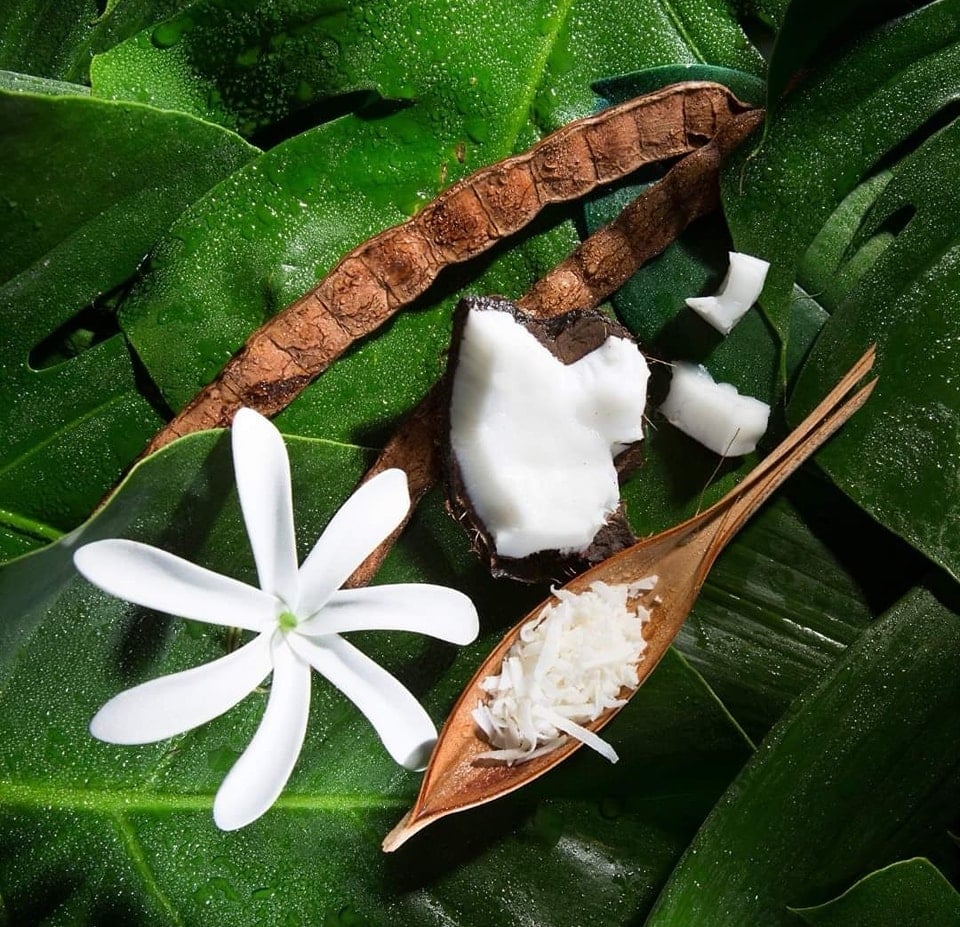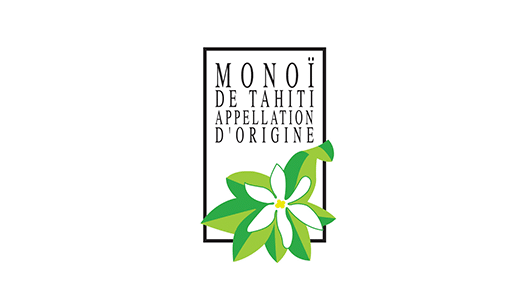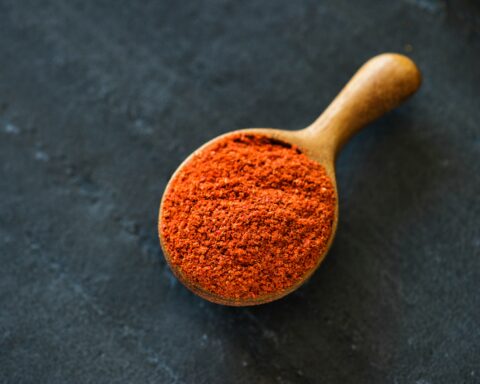Every summer, its sweet scent takes us on a journey, marking the return of the sun’s rays. Although monoi has become ultra-popular around the world, its use goes back centuries, rooted in ancestral Polynesian traditions. Let’s rediscover this product with its many benefits for hair and skin.
It has a long history. Several thousand years ago, the Maohis, the ancestors of the Polynesian peoples, used Tiaré flowers to perfume coconut oil. For centuries, monoi was used by the Polynesian population, carrying with it a sacred connotation. According to legend, the creator god Ta’aroa relied on nature to give Tané, the god of beauty whose unattractive physique was reminiscent of that of a jellyfish, a perfect skin. Using massages and natural ingredients such as monoi, Ta’aroa succeeded in giving Tané an impeccable body and skin. Since then, monoi has become part of traditional culture and is associated with beautification.
Use down the centuries
Monoi oil accompanied people throughout their lives. It was the first treatment for infants, to counter dehydration in hot weather and cool the body in cooler temperatures. It was also used for embalming, perfuming the deceased and helping his or her soul to travel to the afterlife. A symbol of the link between the gods, mankind and nature, the precious liquid has remained a traditional beauty ritual, and is used all year round in the Polynesian archipelago.
At the time of the great explorations, many foreign sailors travelled the waters of the South Pacific. Between 1768 and 1771, Captain James Cook discovered Tahiti and mentioned the territory’s customs in his logbook. Monoi was described as a sacred oil with which the inhabitants nourished their bodies and hair.
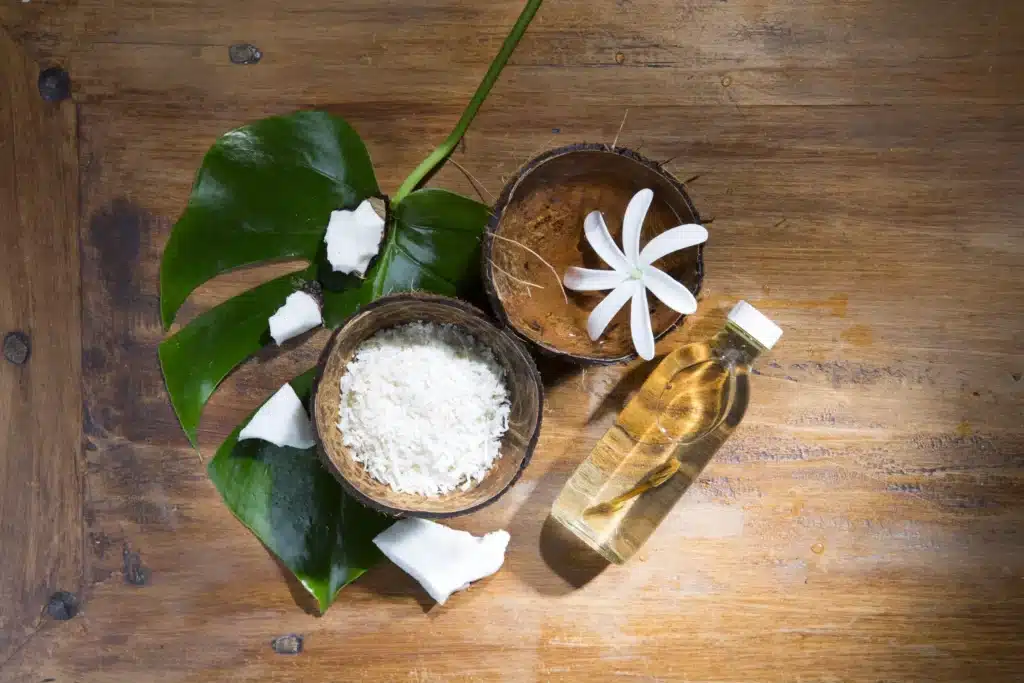
During the first part of the 19th century, the French naval officer and explorer Jules Sébastien César Dumont d’Urville set off on a scientific voyage with the mission of bringing back plant species. While discovering the islands of the South Pacific, the adventurer became intoxicated with the scent of Tiaré flowers. He brought back to France nearly 3,000 plants, including the flower.
Protected traditional production
Monoï was subsequently exported all over the world, particularly when the Tiki perfumery marketed its oil in the early 1940s. Many imitations and diversions followed, far from the traditional recipe of the family ‘mamas’. It wasn’t until 1992 that monoï was awarded the Appellation d’Origine label. A rare cosmetics product to have been awarded this label, the oil is now protected from all copying and is officially recognised as a protected Tahitian tradition that cannot be equalled.
According to the decree, “Monoï de Tahiti is the product obtained by macerating tiare flowers in refined coconut oil. This oil is to be extracted from ripe coconuts harvested from Cocos Nucifera trees growing in the coral soil of the geographical area of French Polynesia exclusively. Only Gardenia Taitensis ‘Tiare’ flower buds of Polynesian origin are acceptable”. Monoï de Tahiti® is also a protected trademark.
In oil, in shampoo, in soap… There are many virtues associated with monoï. The oil, which solidifies at a temperature below 20°C without losing its benefits, helps to combat dry skin and deeply nourishes the body. It also acts as a barrier against the cold, the weather in general, and the aggressions caused by salt. For pregnant women, monoi, applied to the abdomen, helps to prevent stretch marks. The liquid is also widely used on the hair to moisturise it, and remains the star product of traditional Polynesian massages, soothing away tension from the body.
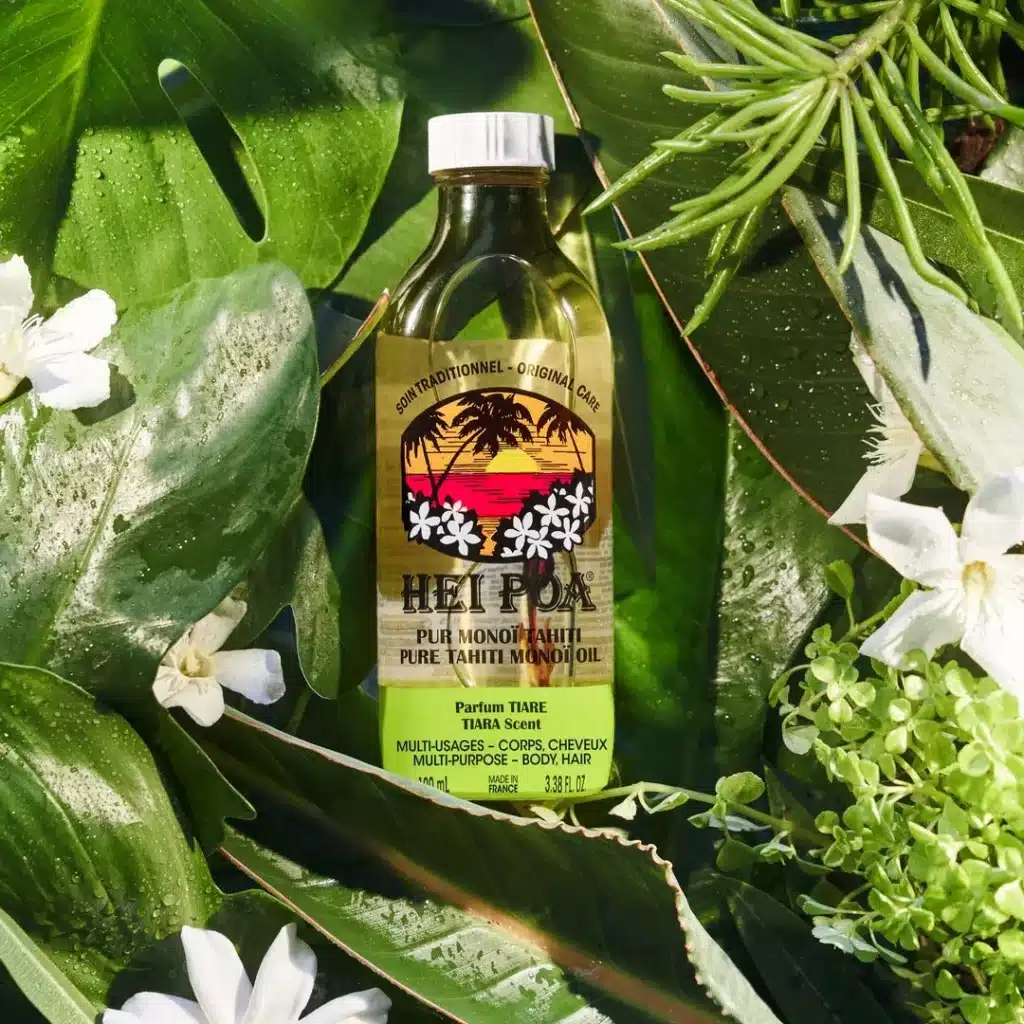
In the West, monoi is generally consumed in summer to enhance the tan, and is appreciated for its delicate scent and its luminous, golden appearance on the skin. The oil is not a sunscreen solution and contains no UVA or UVB filters.
More than half the industry’s sales generated on the local market
Today, more than 400 tonnes of Tahitian monoi are produced each year in the archipelago, before being exported to more than 100 countries. In 2019, exports of monoï were worth 349 million Pacific francs (€2.9 million), before being affected by the health crisis. Overall, the European market accounts for 70% of outlets for Monoï de Tahiti, followed by North America (15%) and Asia (10%), according to Tahiti-Infos. Bulk monoï accounts for 89% of export volumes, compared with 11% for pure packaged monoï. Hegaxone accounts for 65% of the total value of monoï imports and 91% of bulk monoï.
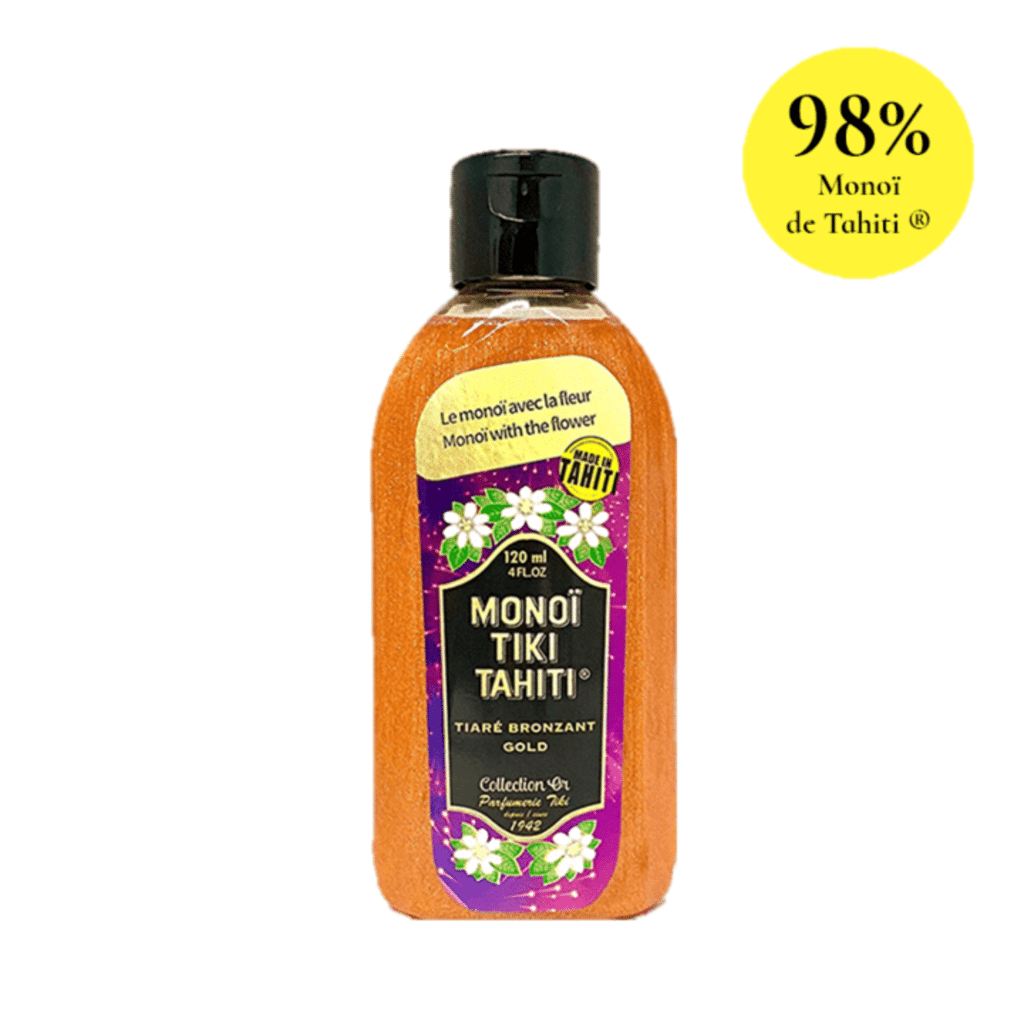
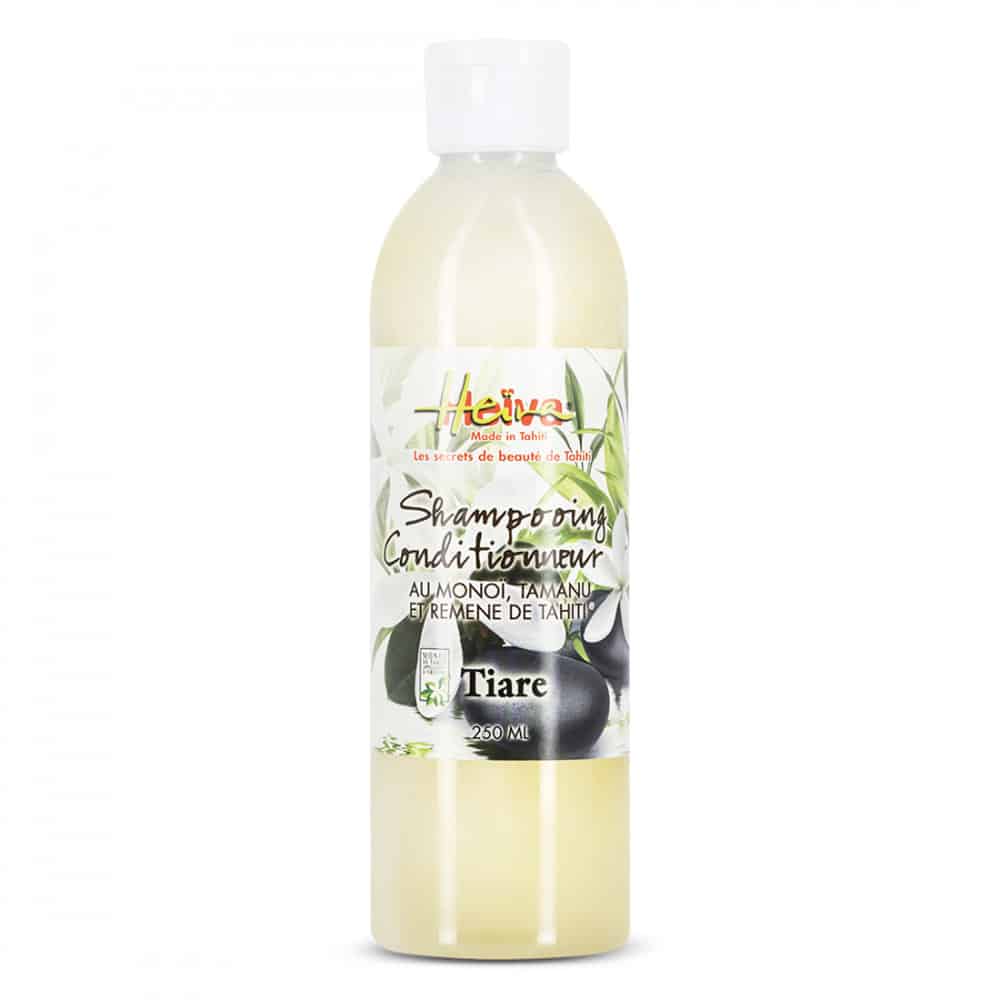
Again according to Tahiti-Infos, the monoï market’s returns are generated more locally, with sales of between 300 and 500 million Pacific francs (between 2.5 and 4.17 million euros) a year according to several estimates. Five Tahitian monoi producers, based in Tahiti and Moorea, share the profits.
Read also > The short history… of the bikini
Featured photo: © Hei-Poa




